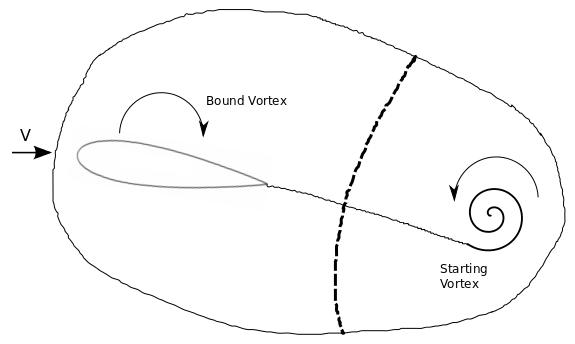I am taking some introductory fluid dynamic classes, and have become very confused by the Kutta-Joukowski theorem. One of the conclusions that can be derived by applying Kutta-Joukowski is that a spinning cylinder in an inviscid flow will produce lift.
But how can this be the case? Let's consider this diagram of lift on a spinning cylinder in viscous flow:

The mechanism by which this spinning cylinder would produce lift would be the unequal viscous shear on either side (due to different relative velocities to the fluid). The air on the bottom of the cylinder would be accelerated by viscous shear, whereas the air on the top would be retarded. This moves the downstream stagnation point (or equivalently, causes a deflected downstream wake), and the rest is Newton's third law.
But in an inviscid flow, there is no way for the airflow to be entrained by any viscous effects! Even if we accept the no-slip condition at the boundary of the cylinder, how does the air traveling at the boundary of the cylinder accelerate the air near it without relying on viscous shear?

